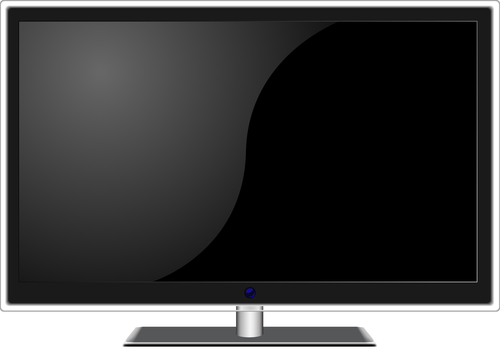Advertising optimism is on the rise again, and for good reason. Industry segments are hiring again, advertisers and their agencies are regaining budgets, consumer confidence is growing, and the mass adoption of advanced television and entertainment consoles may very well yield the next great surge of creative advertising and media marketing.

Using one screen, advertisers will have to conjure a fully immersive visual, virtual and social experience for consumers.
Advertising optimism is on the rise again, and for good reason. Industry segments are hiring again, advertisers and their agencies are regaining budgets, consumer confidence is growing, and the mass adoption of advanced television and entertainment consoles may very well yield the next great surge of creative advertising and media marketing.
We’re heading into uncharted territory, where new mediums will finally marry the benefits of web and broadcast television advertising and revolutionize the kind of creative content we can provide for our clients. This new generation of technology, such as Smart TVs and next-generation gaming/entertainment consoles, should signal a golden age for marketers — particularly strategic- and creative-focused agencies such as ours.
Many agencies have seen their clients sour on television advertising over the past few years. For one thing, it costs too much, and our ability to qualify the spend has made it hard to justify the benefit. In addition, the second-screen phenomenon divides the viewers’ attention. And the emergence of DVR usage and the mass exodus of viewers to paid streaming services such as Netflix have all but dried up the commercial viewing audience. So it’s not hard to understand that advertisers have redirected their budgets towards web and social media. But as they struggled to stay ahead of their audiences, they learned that web advertising wasn’t up to the task of building brand awareness and trust. Advertisers have found that while they need web, they still need TV. The challenge has been the integration.
Because of its dynamic format, high trust factor and ability to win new customers, TV has always been the primary driver in the purchase funnel
After a 55% increase in sales in 2013, advanced (smart) TVs now account for approximately one-third of the total flat-panel TV market, with only 50% of smart TV consumers using their connected features. The market is ready. People are equipped. They just need an incentive to use the capabilities of their new sets. And our industry is in the driver’s seat, getting ready to turn this medium into a commercial revolution.
We’re just beginning to realize the possibilities. A consumer watching an ad on TV will be able to buy the product on the same screen and have the order complete and ready to ship before the commercial break is over. Advertisers will be able to deliver promotional coupons, then the consumer can print them to a networked home printer or share them with friends on Facebook with a click of the remote. Large promotional tie-ins or complementary services can share advertising space to mutual benefit — like movie ticket sales during a movie trailer. And, best of all, when we can achieve attention, interest, decision and action from one ad and one medium, we’ll be able to truly quantify the effectiveness of these ads and gain more consumer insights from the process than we could from the current progressive data collection mechanisms we use.
The benefits for advertisers and agencies promise to be great. Using one screen, advertisers will have to conjure a fully immersive visual, virtual and social experience for consumers. Next-generation consoles and entertainment systems will provide a multi-screen experience from one device. In turn, next-generation media buying and advertising will provide much higher brand recall, measurable ROI, cross-promotional benefits and budget flexibility. It’s only a matter of time until the options become readily available. In the meantime, we’re preparing for the future.
Newsletter Signup
Get our Newsletter
Sign up to receive our industry trends newsletter:
